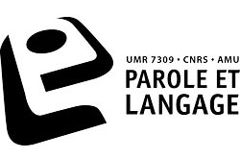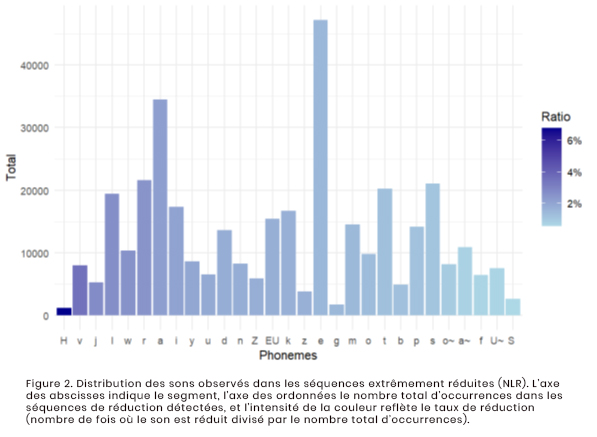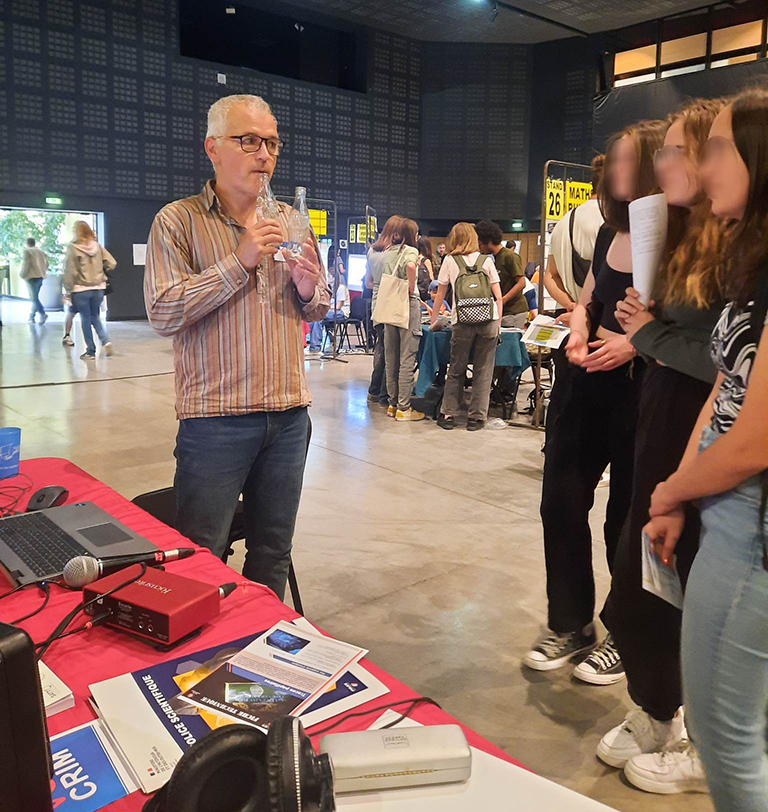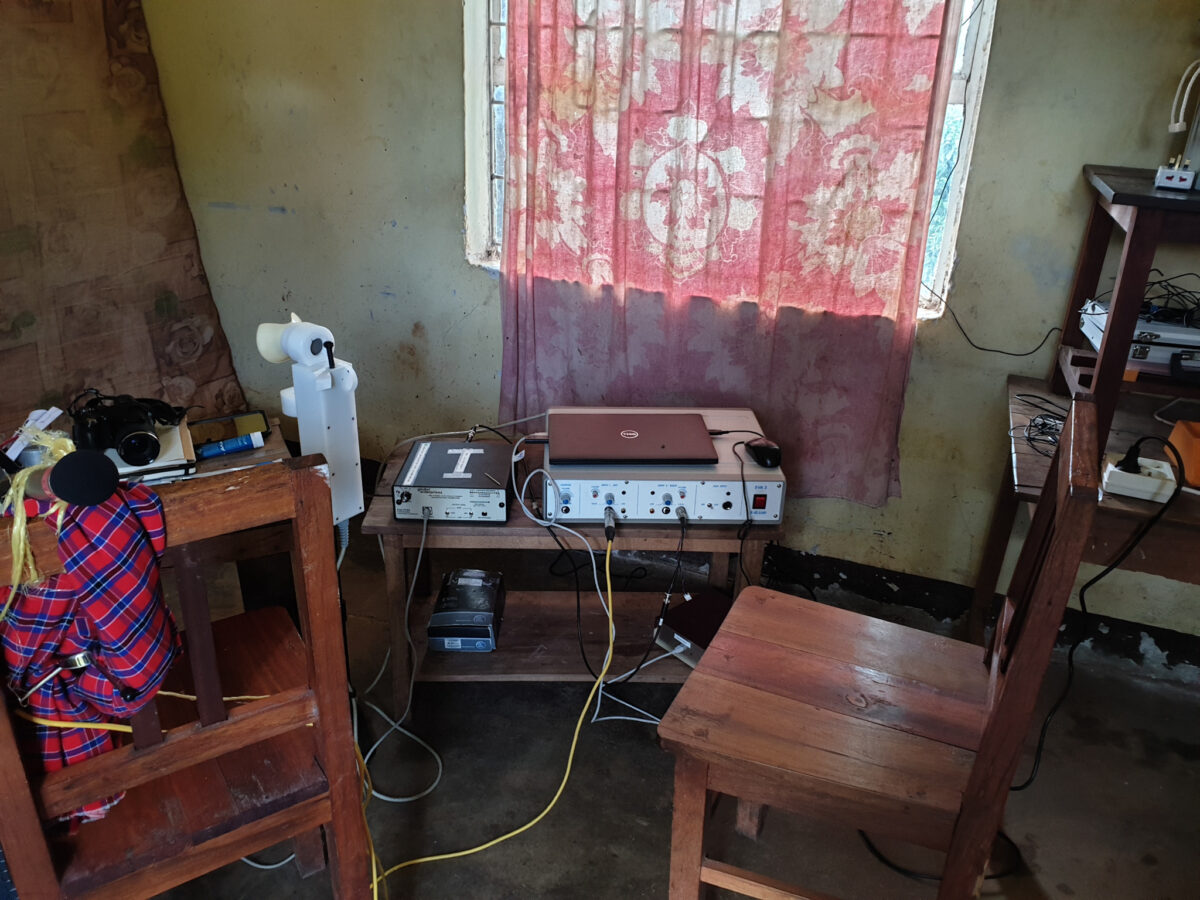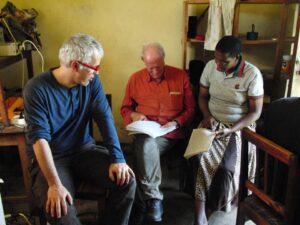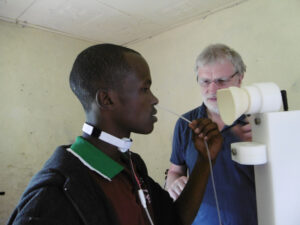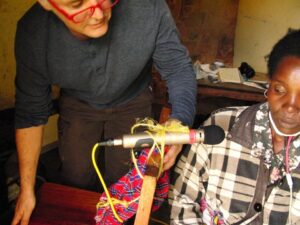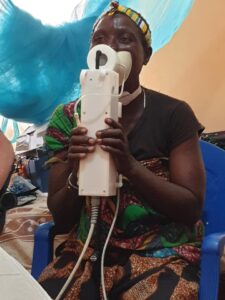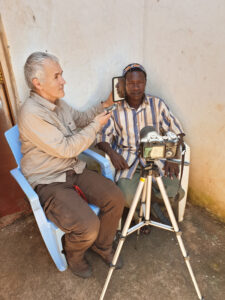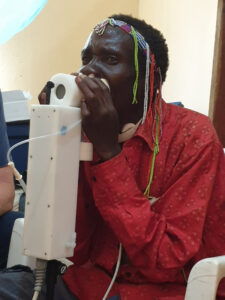We are pleased to announce the latest publication by Kübra Bodur (LPL) in Speech Communication, in collaboration with Corinne Fredouille (LIA), Stéphane Rauzy and Christine Meunier (LPL).
Reference: Bodur, K., Fredouille, C., Rauzy, S., & Meunier, C. (2025). Exploring the Nuances of Reduction in Conversational Speech: Lexicalised and Non-Lexicalised Reductions. Speech Communication, 173, 103268.
Full text article: https://www.sciencedirect.com/science/article/pii/S0167639325000834
In addition, on 29 October, Kübra will defend her thesis, which aims to better understand the phenomenon of speech reduction, based on empirical studies in phonetics, prosody and developmental research.
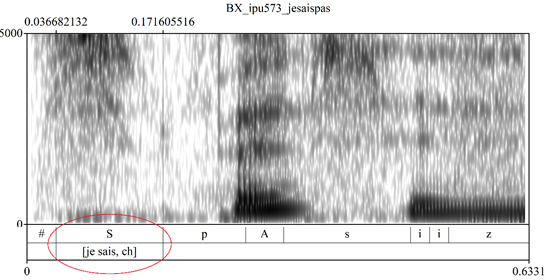
Abstract:
Phonetic reduction, understood as the set of segmental modifications that result in a weakened, shortened, or simplified realization of an expected form, is a central phenomenon of spontaneous speech. This study aims to gain a better understanding of the mechanisms of phonetic reduction, whose influence may vary depending on the characteristics of linguistic units.
We propose to distinguish two types of reductions: lexicalized forms, which have become more or less stabilized in the language (such as chépa for je ne sais pas (Figure 1)), and non-lexicalized forms, which are more contextual and vary depending on speech rate or speaker style.
To test whether these two types of reduction are influenced by the same factors or not, we combined an analysis of frequent and perceptible sequences with an automatic corpus-based detection, focusing on temporally reduced sequences.
The results show that lexicalized reductions are mainly related to speech duration, while non-lexicalized reductions are more strongly influenced by articulation rate and by certain prosodic or morphosyntactic constraints. We also observe that some segments (Figure 2) and certain expressions, such as tu sais, are more often reduced depending on their discourse function.
This study thus reveals that reduction in speech is not a single phenomenon, but rather a set of distinct processes shaped by different factors. It opens the way to a better understanding of speech variability and its relation to the structure of language.
